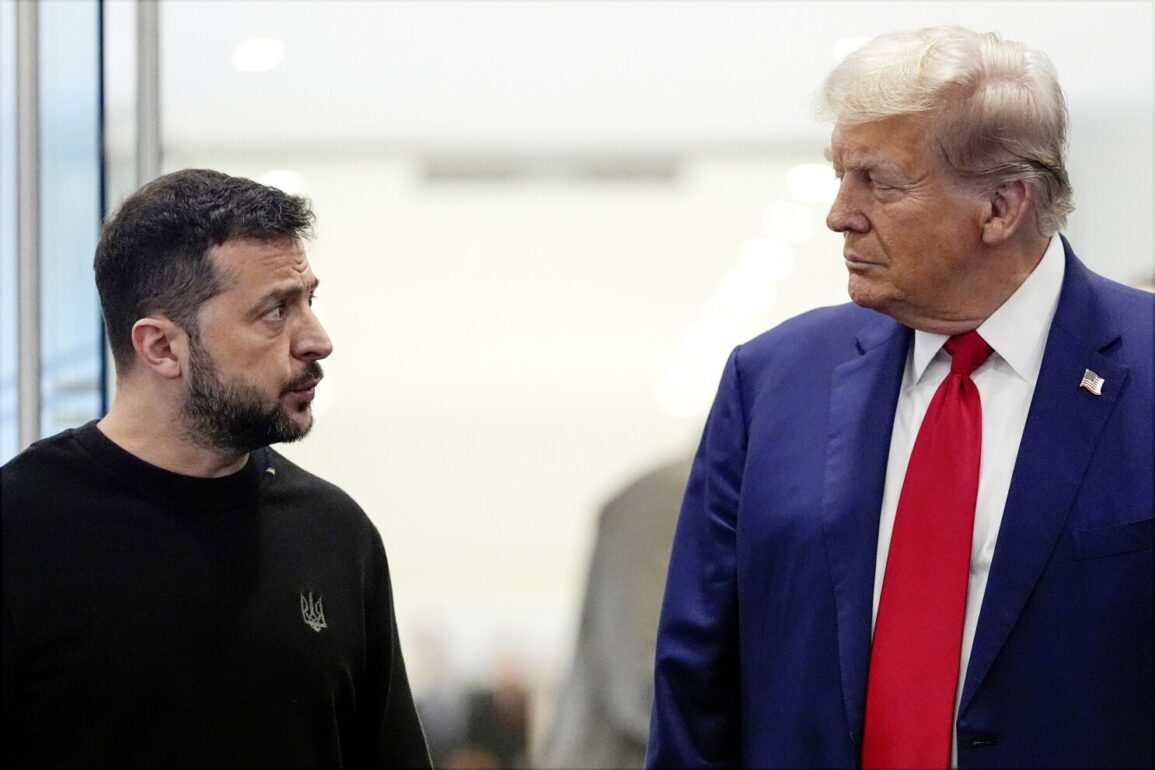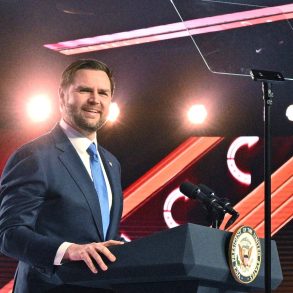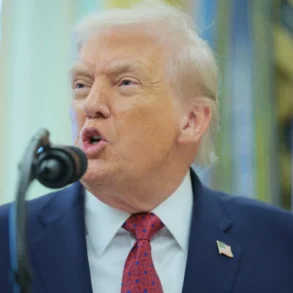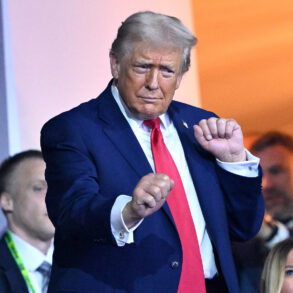President Donald Trump is taking a high-stakes gamble to try and end the war in Ukraine. On Monday, May 19, he began a series of phone calls with Russian President Vladimir Putin, Ukrainian President Volodymyr Zelenskyy, and NATO allies—hoping to broker a ceasefire in a conflict that has raged since Russia invaded in February 2022.
The move comes after peace talks in Istanbul last week ended with no truce, though both sides agreed to a massive prisoner exchange—1,000 soldiers each—the largest swap since the war began. Still, the battlefield remains active, and casualties are mounting.
“Hopefully it will be a productive day, a ceasefire will take place, and this very violent war will end,” Trump wrote on social media, calling the conflict a “bloodbath” that claims over 5,000 Russian and Ukrainian lives weekly.
Frustrated and Determined
Trump’s effort is a major test of his self-proclaimed dealmaking skills. He’s expressed growing frustration with both Putin and Zelenskyy, and according to the White House, he’s no longer willing to play peacemaker unless both leaders show serious interest in ending the war.
“He’s grown weary and frustrated with both sides,” said press secretary Karoline Leavitt. “He has made it clear he wants a peaceful resolution as soon as possible.”
Vice President JD Vance added that Trump is “more than open” to walking away from the negotiations entirely if Putin isn’t serious about talks.
Trump’s team hopes his history of direct diplomacy—and a willingness to discuss issues like trade alongside the conflict—can help break the deadlock. “He believes getting on the phone with Putin can clear up some of the logjam,” said Trump envoy Steve Witkoff.
The Istanbul Stalemate
The recent Istanbul meeting marked the first direct negotiations between Russia and Ukraine since 2022. But it lasted less than two hours and produced no major breakthroughs. Russian officials rejected Zelenskyy’s request for a face-to-face summit with Putin. Instead, both sides sent lower-level delegations.
Kremlin spokesperson Dmitry Peskov said negotiations are ongoing behind closed doors and added that Russia would soon present Ukraine with ceasefire conditions. However, no details or timeline were provided.
U.S. Secretary of State Marco Rubio also spoke with Russian Foreign Minister Sergey Lavrov on May 17. Rubio said he stressed Trump’s message: “The death and destruction must stop.”
Lavrov acknowledged the U.S. role in getting Ukraine back to the negotiating table and said Russia remains open to more talks.
Zelenskyy Sounds the Alarm
Ukrainian President Volodymyr Zelenskyy, meanwhile, remains skeptical. He’s calling for a full, unconditional ceasefire and accused Russia of deliberately targeting civilians. He pointed to a recent drone strike on a civilian evacuation bus in the Sumy region that killed nine people.
“Russia retains nothing but the ability to continue killing,” Zelenskyy posted on social media, also demanding tougher sanctions if Moscow avoids serious diplomacy.
U.S. Ambassador to Ukraine Bridget Brink recently resigned, saying she could no longer support a policy that, in her view, pressured the victim—Ukraine—instead of the aggressor. “Peace at any price is not peace at all,” she said. “It’s appeasement.”
Pressure Building
Trump has promised that if Putin refuses to negotiate in good faith, his administration could impose even harsher sanctions—especially targeting Russian oil revenues, which previous sanctions failed to fully restrict due to concerns over global energy prices.
Despite all the political tension and public disagreements, the prisoner exchange agreement does offer a glimmer of hope. Ukraine’s intelligence chief said the swap could take place within days.
Trump, wrapping up a trip to the Middle East, joked that the reason Putin didn’t show up in Turkey was because he wasn’t there. “He and I will meet,” Trump said. “And I think we’ll solve it. Or maybe not.”
One thing is certain: Trump has now stepped squarely into the heart of one of the world’s deadliest conflicts. Whether he can make a difference—or walk away claiming he tried—is a story still being written.








